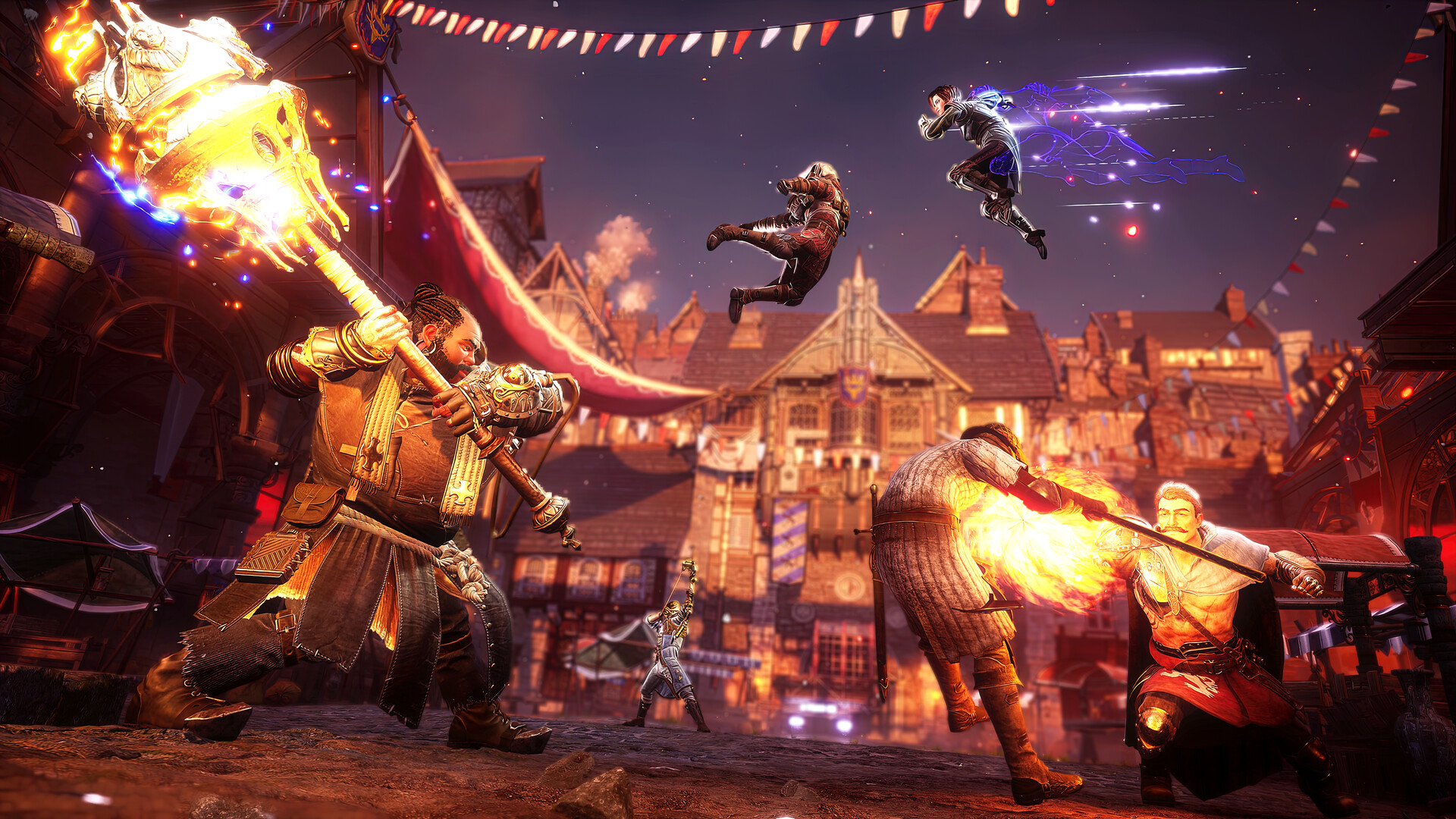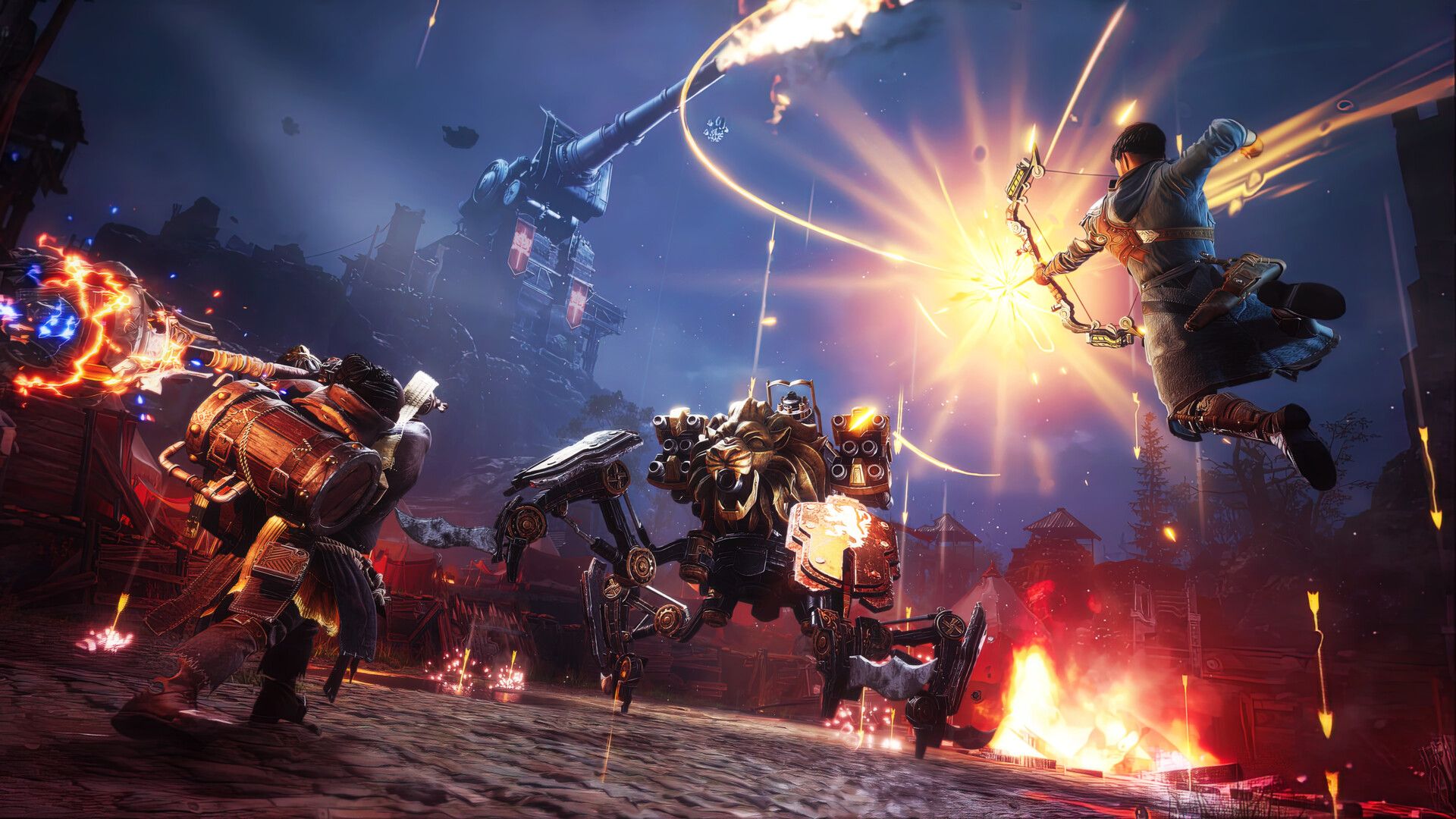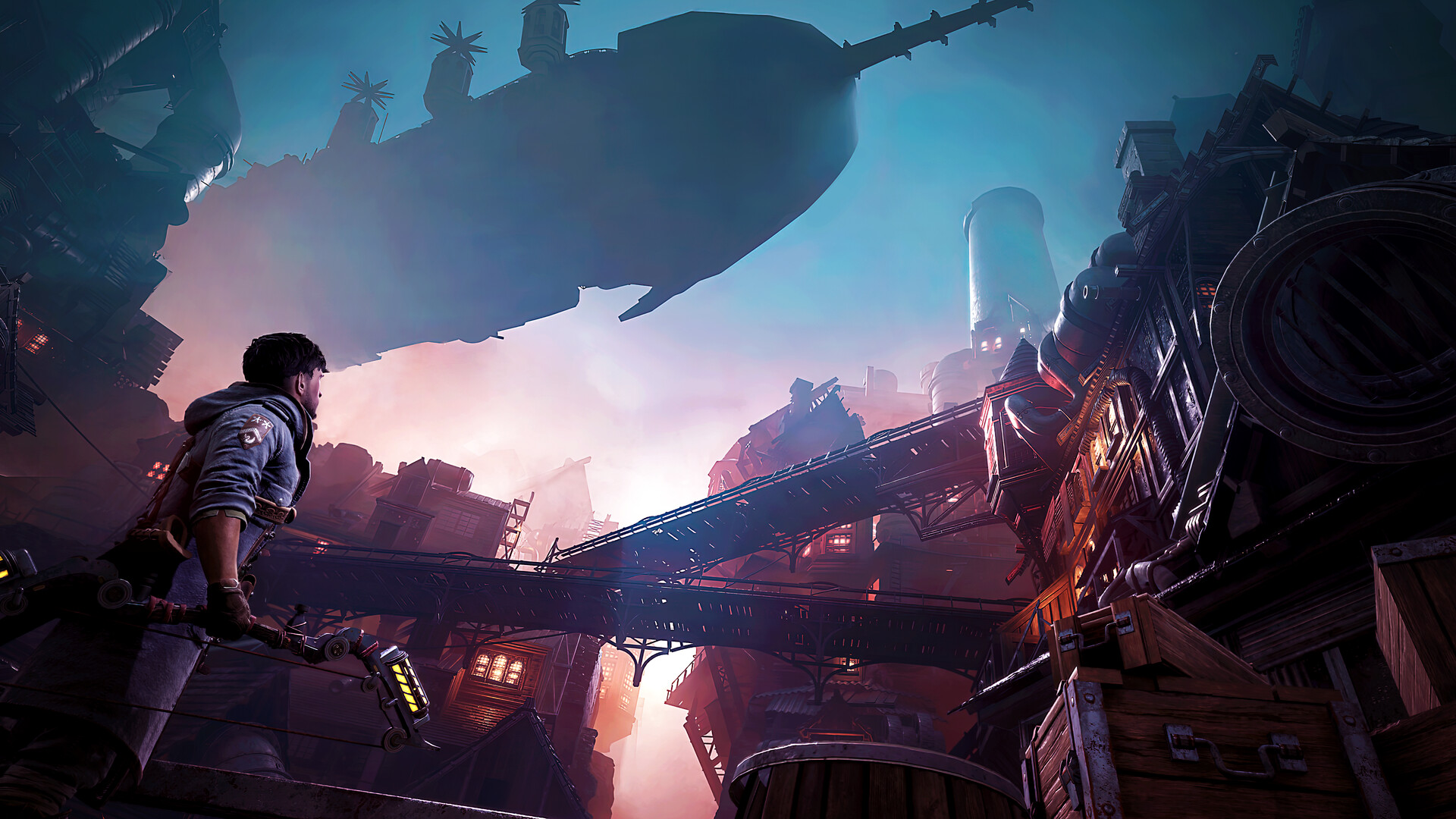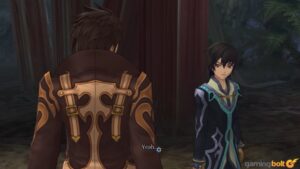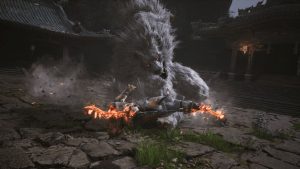
With all the tales that have held up throughout history, the story of Robin Hood finds relevance time and time again. A dashing but noble outlaw and his band of Merry Men working together to oppose the King of England and the Sheriff of Nottingham, stealing from the rich and giving to the poor, ushering in the adulation but never a slave to it – what more needs to be said? The story is ripe for video game adaptation.
We thus come to Appeal Studios’ Gangs of Sherwood, a co-op beat ’em up action title based on Robin Hood. The flashy art style and fidelity offer their own charm, and the combat has some responsiveness to it. However, it quickly devolves into a repetitive, awkward mess that seemingly forgoes the appeal of its source material in favor of some medieval-meets-sci-fi fantasy dive into the bizarre with co-op.
"The story jumps all over the place, and the lack of context doesn’t help. Yes, we know Robin Hood, but who exactly is this quip-spouting version? How did we even end up where we are?"
You start with choosing a character – Robin Hood, Marian, Friar Tuck or Little John – and rescue Alan-a-Dale, a shady jester. After battling some of the Sheriff’s goons and returning to the hideout, you embark on a mission to help the people of England, forced to pay absurd taxes, and…around this point, I guess Nottingham is under attack? The story jumps all over the place, and the lack of context doesn’t help. Yes, we know Robin Hood, but who exactly is this quip-spouting version? How did we even end up where we are?
Other characters get a bit more backstory as you go along – Marian is rebelling against her father and his despotic policies while battling her extended family. Little John, who usually acts as Robin Hood’s second-in-command, has a past with the Sheriff and was involved in the king’s army or something. Again, it’s very confusing – you’ll receive these bits of lore during stages for each character, but context matters because this isn’t the same world of Robin Hood that most would be aware of. It’s simply a backdrop for retelling this awkward narrative with iffy exchanges.
The kingdom has acquired the power of the Philosopher’s Stones, seemingly leading to some technological revolution. Why are they still collecting taxes when said stones could produce gold? Aside from “That’s how it was in the original story,” your guess is as good as mine. As a result, its forces are wandering around in powered armor; mini-guns and laser sights are abundant. There are even futuristic drop ships for soldiers. Eventually, the story introduces a massive region-destroying cannon and then you battle a four-legged battle tank with gatling guns piloted by the Act’s quickly forgotten villain.
"Most foes are regular pushovers on Normal difficulty. Heroic difficulty ups things a bit, but not in terms of challenge – enemies deal more damage while having more health."
While seemingly interesting, you’re thrown into these trials with little to no idea why. It’s absurdist, but without a solid narrative and well-rounded characters, ultimately lacks substance. The stages are linear and break up the action with some grappling and mild exploration – being able to take different routes with John and Tuck due to their heavy attacks is a nice touch. There are also some Wanted posters to take down and maybe a route or two that leads to a chest.
However, they ultimately fall into the same pattern of running to a location, beating down many of the same kinds of foes – with mid-bosses becoming Elites later – and moving on. There are some objectives to mix things up, like defeating enemies within the time limit or escorting a payload, which does very little to ease the monotony and offer anything that hasn’t been done better in other games.
It also doesn’t help that mid-boss and boss designs are full of some of the most annoying mechanics, like armor that prevents them from being staggered or rapid-firing guns that stun lock you in place, leading to death. Most foes are regular pushovers on Normal difficulty. Heroic difficulty ups things a bit, but not in terms of challenge – enemies deal more damage while having more health. The AI could also use more polish. At times, an Elite shield-bearing foe will stand around, taking ranged attacks and not responding until they’re dead.
Many would probably pick up Gangs of Sherwood to bash things in co-op and ignore the story. To its credit, each character does have a unique play style. Everyone gets a Light Attack and Heavy Attack, while some can aim projectiles like Marian and Robin. Marian’s playstyle involves thrust attacks and stacking magnetic daggers on enemies, which can be activated with her retractable chain sword to deal burst damage.
"Unfortunately, despite the flashiness of it all, combat ultimately gets repetitive, and the lack of interesting enemies only exacerbates the issue."
Meanwhile, Little John uses a gauntlet, and you can hold down light attacks to charge it up. Release it at the right time to strike enemies, and you’ll accumulate heat, increasing damage and allowing for unleashing a powerful AoE with his heavy attack. Upon earning gold from missions, you can return to base and invest in new skills for each character.
Unfortunately, despite the flashiness of it all, combat ultimately gets repetitive, and the lack of interesting enemies only exacerbates the issue. Unleashing a rising flaming uppercut or grappling foes in the air as Marian feels good, but there’s no shake-up to the mechanics or fresh challenges. What you see is what you get, and it gets mighty old, mighty quick.
There are also some baffling design choices, particularly with checkpoints. All the gold gathered during a mission is spent at a checkpoint to level up your gang and increase your health. You better hope there’s enough or no free heal.
Gold is also spent on revives whenever you’re downed, with different amounts required for certain HP thresholds. Playing on the toughest difficulty and want to save the gold for revives, say, at the boss? You can’t, as it’s automatically withdrawn, so if you die without enough gold handy, that’s it.
"Gangs of Sherwood’s premise could have made for a run-of-the-mill but solid beat ’em up. Instead, it squanders its source material and falls short of a compelling gameplay experience."
You don’t even return to those checkpoints on death – it’s straight back to the start of the mission to run through it all over again. It also doesn’t help that the bonus gold for completing a mission on Heroic isn’t much higher than Normal difficulty. At least you get enough gold per mission to afford upgrades at a solid clip, for whatever that’s worth.
Not everything about Gangs of Sherwood is terrible. The aesthetic is distinct, and the environments are brimming with enough detail that you want to see what the next stage has to offer. The performance also is pretty decent while in combat, though that was while playing solo. I also liked the intros for main missions, presented as puppet theater with Alan-a-Dale as the narrator. Despite how odd his voiceovers felt when building up the Style meter, it didn’t feel out of place or outright annoying.
If you’re going in for some mindless button mashing with little regard for anything else, there are some hours to be had, though it’s far from offering the replay value of a Warhammer: Vermintide 2 or other co-op titles. While each stage feels well-paced enough, there aren’t that many missions overall.
Gangs of Sherwood’s premise could have made for a run-of-the-mill but solid beat ’em up. Instead, it squanders its source material and falls short of a compelling gameplay experience. Some may appreciate the style and snappiness of its combat but will quickly tire of the lack of variety and hamfisted narrative and setting.
This game was reviewed on the PlayStation 5.
Decent aesthetic and performance. Combat is above average with unique mechanics and upgrades for each character. Banter among characters and bits of the presentation, like Alan-a-Dale's presence, aren't terrible.
Combat ultimately feels shallow and repetitive. Enemy design is uninspired, while some bosses can be utterly painful to fight. The folklore of Robin Hood feels wasted due to the disjointed narrative, bizarre sci-fi elements and gonzo twists. Linear level design and lackluster objectives add to the monotony. The checkpoint design and revive system are baffling.









